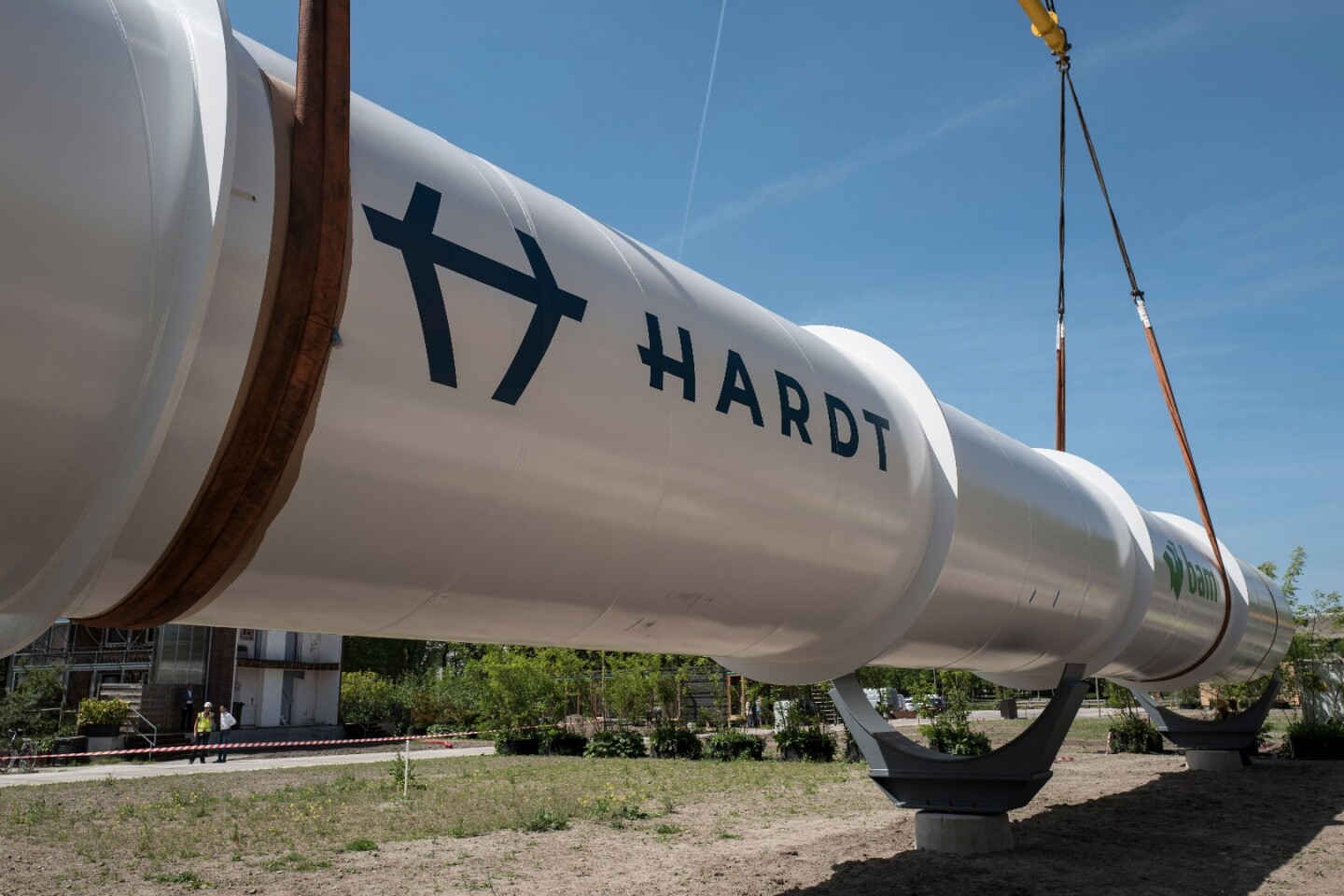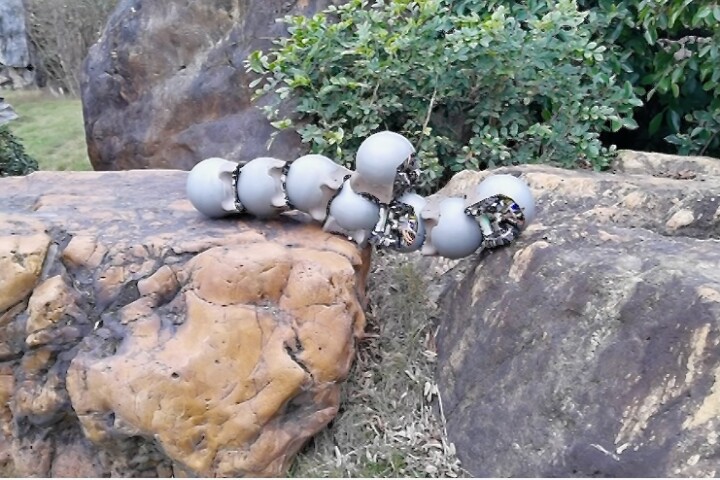Following their triumph at the SpaceX Hyperloop Pod Competition in January, engineers from Holland's Delft University of Technology (TU Delft) have hit the ground running on their return to home soil, this week unveiling Europe's first test track for the futuristic transport system. Located on campus, the facility will allow the team to test out their system at low speeds as they eye a full-scale route between two cities in the coming years.
Elon Musk first described the Hyperloop concept in a white paper in 2013, detailing a new kind of mass transit system that would shuttle passengers and cargo through near-vacuum tubes at close to the speed of sound. It was simply an idea at that stage, but it has quickly gathered steam with several startups building test tracks in the US, governments carrying out feasibility studies and Musk's SpaceX holding its capsule competition earlier in the year.
This contest saw the TU Delft researchers beat out hundreds of other engineering teams from around the world, and they have since created a dedicated company called Hardt Global Mobility to take their Hyperloop dream forward. They teamed up with construction company BAM to build the test track at The Green Village on the TU Delft Campus, which is a kind of living laboratory for the development of sustainable technologies.

The facility consists of a 30-meter long (100-ft) tube with an external diameter of 3.2 meters (10.5 ft). Given the short length, the team will use the tube to test and develop the safety, propulsion, gliding and stabilization systems on their hyperloop vehicle.
According to the company, this facility is the first in a series that it plans to connect into the first Hyperloop route. Once the low-speed testing is done, the team hopes to construct a tube that will allow testing of its systems at high speed. This will allow them to explore things like lane changes at top speed and cornering. If all goes will, it plans to build a route between two cities in the next four years.
You can check out the construction in action in the video below.
Source: Hardt Global Mobility









